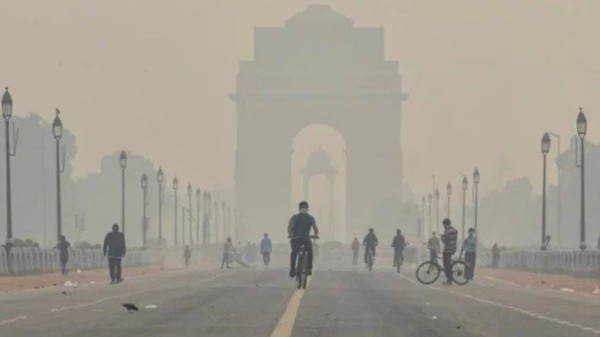

By signing in or creating an account, you agree with Associated Broadcasting Company's Terms & Conditions and Privacy Policy.


By signing in or creating an account, you agree with Associated Broadcasting Company's Terms & Conditions and Privacy Policy.

New Delhi: The most recent nighttime image taken by the International Space Station (ISS) provides a conspicuous sight of the effect of human activity on Earth that illuminates it during the night. Large cities in Asia and South America are portrayed in the picture, showing thick layers of artificial light. Delhi seems to shine particularly brightly, its interconnected streets and neighbourhoods creating bright geometric shapes that can be seen from orbit. The photograph puts the Indian capital in the world context where the city lights are brightly shining, and this tends to indicate population growth, the fast growth in infrastructure and quick urbanisation.
The ISS post had categorised Delhi with Singapore, Tokyo and Sao Paulo, cities which have a lot of nighttime lighting. This list highlights how megacities in continents have common visual identifiers brought about by high population density, electrification and intricate built infrastructure. The photo taken at approximately 10.54 pm local time in Delhi clearly indicates the Yamuna River separating the city and the bright rectangular area of the Indira Gandhi International Airport.
The view of Delhi in space represents its population increase and growing infrastructure. The area constitutes one of the largest continuously populated areas on the earth, with a population of more than 34 million people in the metropolitan area. Illuminated motorways, commercial pockets and expanding suburbs form a line of light. These lit pathways trace the movement and activity in the city even at the very late hours, making the outline of the city very recognisable when viewed from orbit.
Although these cities of the world vary in their geography and planning, they leave bright footprints. Singapore is a small island of light, Tokyo is a huge arc that goes around its bay, and Brazil is a web of light that is scattered across its valleys and plateaus. The fact that it has Delhi as one of them is indicative of the fact that it has come to be recognised as an up-and-coming megacity whose nightlife environs can be compared with those of established urban powerhouses.
These ISS images provide early indicators about how cities change under changing population trends, energy consumption and development of infrastructure. Due to the growth of urban areas, their night dynamics become useful indicators of development, which allow scientists to follow the processes of megacities' adjustment and change in the dark.








